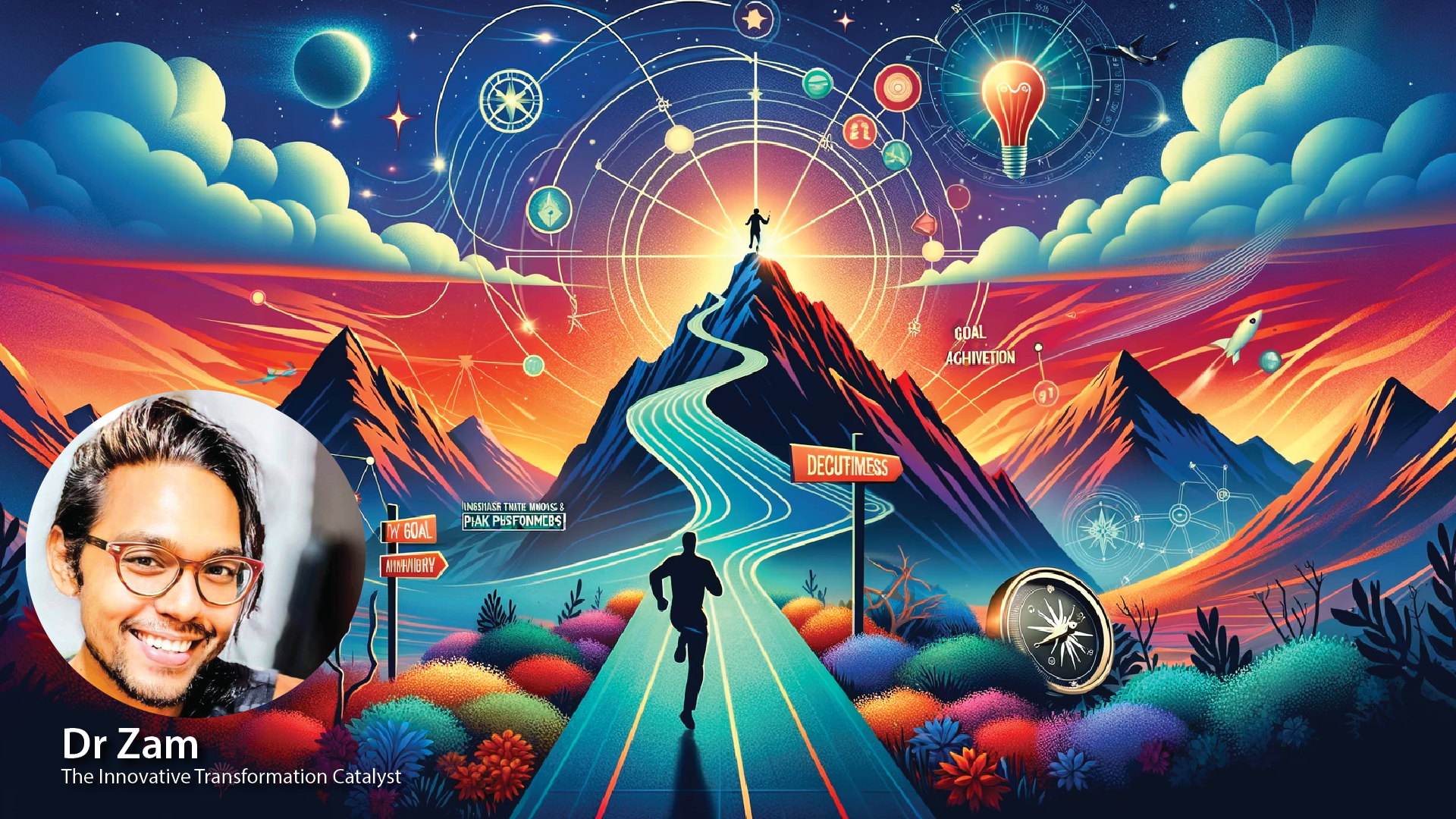
In a world that often celebrates complexity and extravagance, the beauty of simplicity can be easily overlooked. However, simplicity has a unique power that can bring clarity, peace, and perfection to all aspects of life, including romantic relationships. This article explores how embracing simplicity can lead to more fulfilling and harmonious relationships.
The Essence of Simplicity
Simplicity is about stripping away the unnecessary and focusing on what truly matters. It’s about finding joy in the basics and appreciating the beauty of the present moment. Here are some key aspects of simplicity:
- Clarity and Focus: By eliminating distractions and complexities, simplicity brings clarity and focus to our lives. It allows us to concentrate on what is truly important and meaningful.
- Peace and Contentment: A simple life is often a peaceful life. When we let go of the need for more and embrace what we have, we find contentment and inner peace.
- Authenticity and Truth: Simplicity encourages us to be authentic and true to ourselves. It frees us from societal pressures and allows us to live in alignment with our values and beliefs.
Simplicity in Romantic Relationships
In the context of romantic relationships, simplicity can be a guiding principle that fosters deeper connections and lasting happiness. Here’s how simplicity can be perfection in love:
- Clear Communication: Simple and honest communication is the cornerstone of any healthy relationship. Being straightforward and open with your partner builds trust and understanding.
- Quality Time: Instead of grand gestures, focus on spending quality time together. Enjoying simple activities like cooking a meal, taking a walk, or having a heartfelt conversation can strengthen your bond.
- Genuine Appreciation: Show appreciation for the small things. Expressing gratitude for everyday acts of kindness and love can create a positive and nurturing environment.
- Shared Values: A relationship grounded in shared values and mutual respect is often more harmonious. Simplicity helps you focus on what you both value most, fostering a deeper connection.
- Emotional Presence: Being emotionally present and attentive to your partner’s needs and feelings is more valuable than any material gift. Simple gestures of love and care can make a significant impact.
The Benefits of Being a Simple Person in Love
Being a simple person in a romantic relationship can bring numerous benefits:
- Reduced Stress: A simple approach to life and love reduces stress and anxiety. It allows you to enjoy the relationship without the pressure of constant expectations.
- Deeper Connection: Focusing on the essentials helps you build a deeper emotional connection with your partner. It encourages intimacy and understanding.
- Sustainable Happiness: Simplicity fosters sustainable happiness. When you find joy in the small things, your relationship becomes a source of ongoing contentment.
- Resilience: A simple and strong foundation makes your relationship more resilient to challenges. You can navigate difficulties with grace and cooperation.
Embracing Simplicity in Everyday Life
To embrace simplicity in your relationship and life, consider these practical steps:
- Declutter Your Space: A clutter-free environment promotes a sense of calm and focus. Create a serene space where you and your partner can relax and connect.
- Prioritize Meaningful Activities: Choose activities that bring joy and connection rather than those that merely fill time. Focus on what brings you closer together.
- Practice Mindfulness: Being present in the moment enhances your appreciation for each other. Mindfulness helps you savor the simple joys of your relationship.
- Simplify Your Commitments: Avoid overcommitting to social engagements and obligations. Make time for your relationship and prioritize what truly matters.
Conclusion
Simplicity is a profound and powerful principle that can transform your life and relationships. By focusing on what is truly important and letting go of unnecessary complexities, you can find perfection in the simple things. In love, being a simple person means valuing clear communication, quality time, genuine appreciation, shared values, and emotional presence. These elements create a strong foundation for a fulfilling and harmonious relationship.
Embrace simplicity, and discover the beauty of living and loving with a clear and focused heart. In the end, simplicity is not just perfection—it is the essence of a life well-lived and a love deeply felt.
















